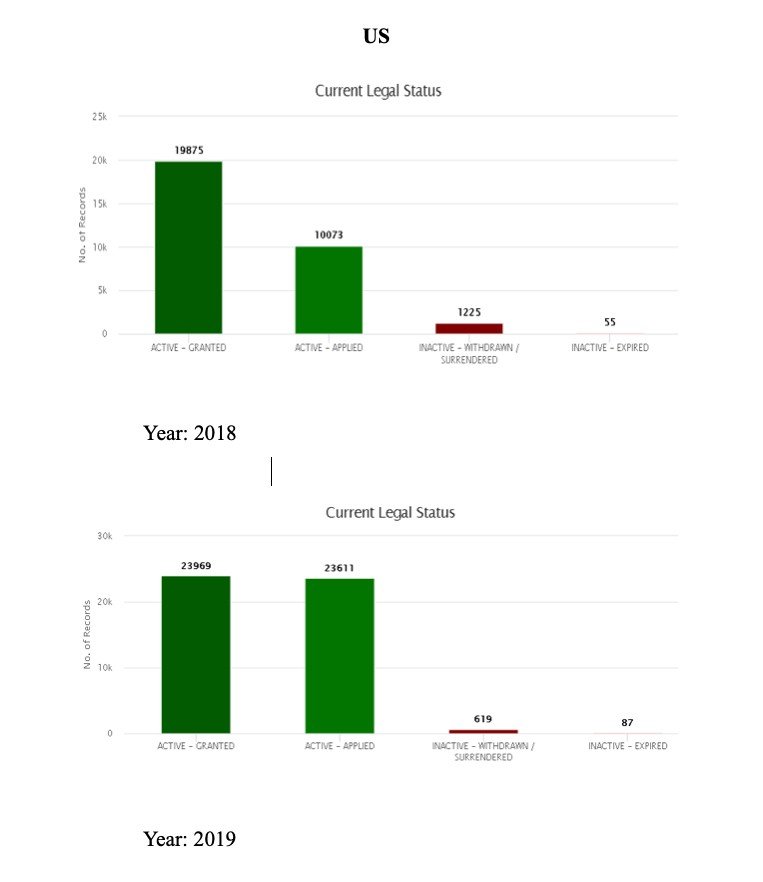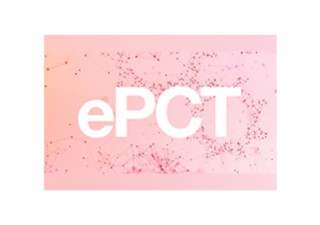Artificial intelligence and trends in patenting
30 June 2020

Artificial intelligence, a fuel to almost every industry today, has shown a paradigm shift in technology over a period of time and has become a part of our daily lives. From improvements in weather forecasting, boosting crop yields, enhancement of the detection of cancer, and better prediction of an epidemic to autonomous vehicles to medical diagnosis and advanced manufacturing, AI is almost everywhere. It has bought a revolutionary effect in the global marketplace.
The term “artificial intelligence” is not something new, as it emerged in the 1950s, and innovators and researchers have filed patent applications for nearly 3,40,000 AI-related inventions globally and published more than 1.6 million scientific publications, according to the World Intellectual Property Organization (WIPO).
It is to be understood that artificial intelligence does not stand alone; rather it is a blend of four primary techniques as depicted in the following diagram:

Of the above said techniques, machine learning has been the most applied technique in inventions going in for patenting. Nearly 70 percent of inventions recite an AI technique, application or field working in correlation with one another. The commonly used combinations in patent applications are deep learning with computer vision, computer vision with transportation, telecommunication and security; ontology engineering with natural language processing (NLP); and machine learning with life and medical sciences. These combinations suggest areas to watch for rapid developments in AI in the near future.
Some of the functional applications of AI include computer vision which is by far the most popular with image recognition as its subset, and the other functional areas being natural language processing (NLP), and speech processing. Recent trends have shown a maximum growth rate in patent filings in the area of computer vision in 2016.
Trend study
The objective of this study is to showcase the trends in AI technology in order to discover which companies/key players and what institutions are leading AI development, and the target locations of future growth markets in this domain.
On analysis of patent filing trends worldwide, it has been found that IBM leads the portfolio of AI patents where the focus of patents is natural language processing and the second top most company is Microsoft, followed by companies such as Samsung, Toshiba and NEC. It is a clear indication that these top five applicants own the maximum amount of data, as artificial intelligence is all about data.
In terms of top institutions/organizations, however, China ranks first in the list. Seventeen out of the top 20 institutions among universities and public research organizations in AI patenting are from China, as well as 10 of the top 20 in AI-related scientific publications. Chinese institutions are particularly strong in the emerging technique of deep learning. The top applicant is the Chinese Academy of Sciences (CAS), with over 2,500 patent families and over 20,000 scientific papers published on AI. Moreover, CAS also possesses the largest deep learning portfolio as well.
Another study is a country comparison of patent filings in the United States, Europe and India.
As illustrated below, the number of patent filings and patents granted in 2018-2019 has almost doubled in the US and Europe, where the major filers such as IBM and Microsoft have put their applications before respective patent offices.


The above trends show the extent to which the technology of AI is spreading worldwide and patent filing is being encouraged amongst individuals, startups and innovators, as a result of performing more and more research using AI as the base and moving on to filing patents.
India
The graph below shows that in the past five years, there has been a 500 percent increase in filings in India and, hence, there is an immediate need to protect this new generation of technology.

India has been considered as emerging market for new areas, and with the talent pool increasing rapidly, corporates and other research institutes are focussing on developing new products based on new technology.
Conclusion
There has been an enormous increase in filing of such applications in India, the US and Europe, which is estimated to grow further with the increase in demand of such technology.
India needs to develop a clear set of guidelines for examining applications based on AI and related technologies. The US Patent and Trademark Office and the European Patent Office have provided insights on prosecuting such applications while rejecting the applications, which created a discussion on the examination of such applications.
Another update is that, recently, the USPTO has invited comments from different stakeholders on such technology-related prosecution process.
WIPO has also initiated a project where the development in such applications in different regions is being collected and over 250 stakeholders have provided comments.
We have a long way to go for developing and interpreting IP law in and around the technology based on artificial intelligence.
.jpg)







